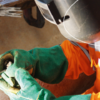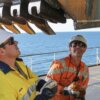IADC is proud to announce nine submissions in the running to receive the Safety Award 2023. IADC will announce submissions every week, starting from 12 July, 2023. The winner will be announced on 15 September 2023.
9th nomination: DEME - Eradicating the risk of snap back with new mooring rope
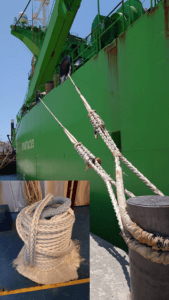 Statistics published by the European Harbour Masters committee indicates that 95% of personal injuries are caused by ropes and wires, and 60% of them happen during mooring operations.
Statistics published by the European Harbour Masters committee indicates that 95% of personal injuries are caused by ropes and wires, and 60% of them happen during mooring operations.
Performing works on board dredging vessels involves regular usage of mooring ropes which under tension always create the risk of snap back effect. Making personnel aware of the possible risks and designating snap back zones is a standard practice, but it does not take away the risk of snap back occurrence and consequently possible injuries, while eliminating the snap back effect reduces the threat of injuries completely.
DEME has conducted market research of various available mooring ropes and considered the pros and cons of each type. As a result, it has been concluded that although mooring rope with Dyneema fibres poses no snap back risk, it has disadvantage of not having sufficient working stretch. By contrast, standard mooring rope provides acceptable stretch, but produces snap back effect when it breaks. By further market research an improved mooring rope that eradicates the risk of snap back effect but still has enough stretch was identified.
The innovative design of this mooring line combines all desired characteristics: sufficient stretch and no snap back effect (in the event it breaks). In addition, this type of high modulus polyethylene (HMPE) mooring line weights 60% less than a traditional mooring rope and has lower dimensions meaning that it can not only be handled by one person, but it also requires less storage space on deck and on the winch.
This mooring rope, that has been lab tested and certified by DNV GL, offers not only major safety benefits because of removing the risk of snap back effect, but also provides financial advantages. It brings down costs due to its prolonged life span compared to the alternatives, which removes the need for frequent mooring ropes renewal.
8th nomination: Boskalis - Fécamp project VR
How Boskalis created operational models using virtual reality (VR) to help design a complex project.
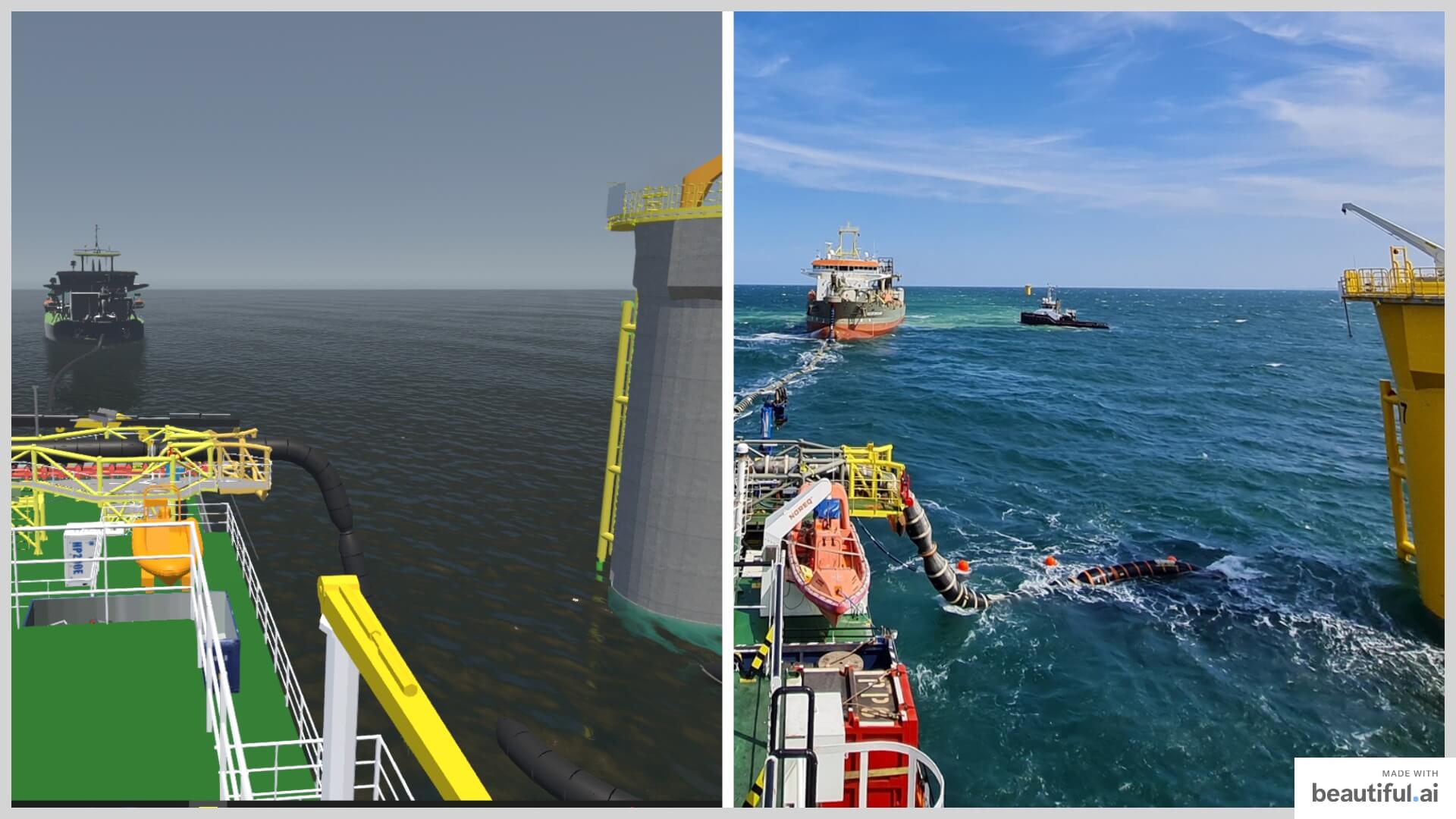
Project description
With a complex project involving a short offshore installation period and numerous modifications taking place on different vessels, Boskalis’ project team turned to VR technology. Early on in the project they decided to have operational models created in virtual reality (VR) of the new equipment and various locations involved. This way, safety critical operations were tested and discussed upfront during design reviews, HAZIDs and familiarisations, without the need to expose personnel to risks, such as working at height or possible delays to the project incurred during acceptance tests. The models were able to apply different weather states including daylight or actual current predictions and allowed movement as a pedestrian or operator across the models.
To reduce the exposure of personnel to new and potentially dangerous operations and environments, VR models can be created to test those in a safe setting. As in video games, the user can walk through models to check access, egress, work spaces and line of sight. This way the setup or placement of equipment can already be optimised during the planning phase. Stakeholders, including less familiar decision makers, can use VR models to better discuss operations, prevent misunderstandings and experience different scenarios at minimal cost and no operational risk.
The models (PC game or VR) integrated vessel, equipment, weather, current and location data into a total of five different safety critical environments. Stakeholders were able to immerse themselves into the same environment to view and feel what the actual situation would be like, e.g. the installation of new equipment at a height of 22-50 metres. Traffic management and operational set-up were adapted based on the observations gained while using the site model. In addition, design improvements were applied to new equipment based on user experience and line of sight simulated.
Identifying safety critical operations early on and deciding which new or complex environments might benefit from the creation of a VR model helps stakeholders to acknowledge the risks involved. Shared experiences help common understanding and promote a proactive and inclusive review of operations. In case of incidents, existing models could be used to replicate the actual scenario and support investigations.
Once created and tested, the VR environment is very easy to use and feels like a video game. This supports the engagement of the personnel in the project environment and opens up the conversation about operations in the VR model versus reality. After models were created, they were also used for auxiliary products, such as a game for a school programme and derived inputs to project videos. The model can be downloaded and played on any PC or uploaded to a VR headset for an immersive VR experience.
7th nomination: Van Oord - LNG Training
Van Oord’s LNG training on its fleet of LNG powered dredgers provides crew with system specific knowledge for safe operations.
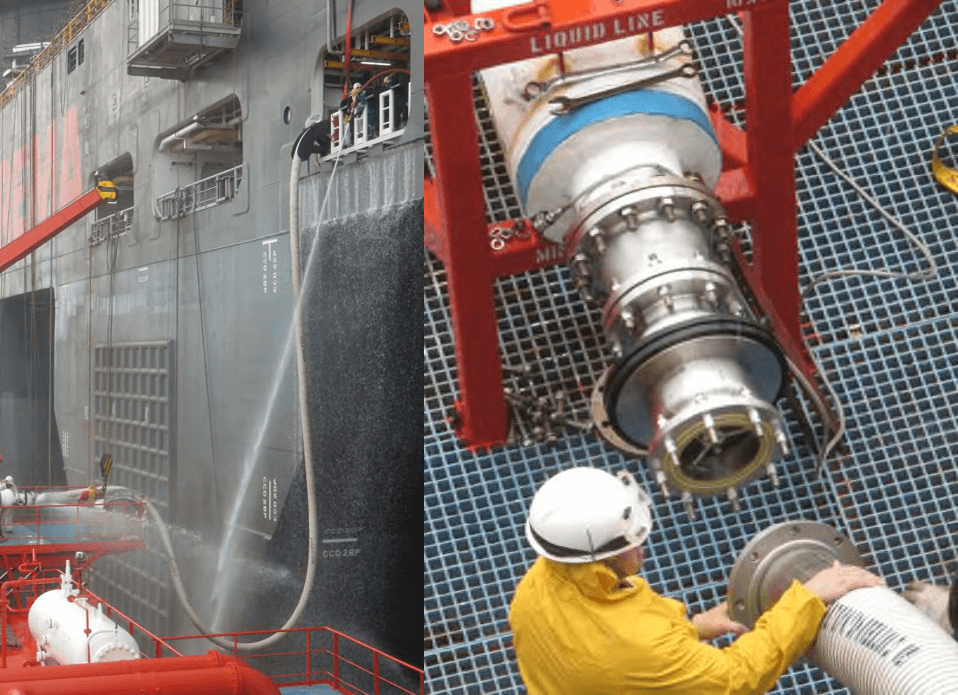
Project description
Van Oord’s new build trailing suction hopper dredgers Vox Ariane, Vox Apolonia and Vox Alexia are all powered by LNG. For Van Oord and for the dredging industry, LNG as a fuel is still relatively new, so it was and still is important to educate crew and the organisation of the overall design and in particular on the safety aspects and safe operations of the gas system.
Since the gas system consists of several different suppliers, no single supplier can provide a training that will cover the entire system. Therefore, a vessel specific LNG training was setup in-house to provide a comprehensive overview of the gas system, combining all aspects from different system suppliers into one. The goal, to better prepare the crew with the system specific knowledge for safe operations of the LNG fuel supply and how to conduct safe LNG bunkering operations.
The setup of a vessel specific LNG system training is meant to provide a good knowledge base for the (future) crew to operate the system and reduce the risks of safety incidents due to improper handling, unfamiliarity and/or other errors. The training is also intended to alleviate any doubt and scepticism that the crew might have towards the safety of the gas system. For each group of new crew members joining the three vessels, the LNG training is given prior to actual operations. Training is refined to include new details and insights into practical operation of the gas system. With the LNG training already in use on all three vessels, LNG system project engineers or experienced ship crew can provide the training for new crew members.
The classroom based training is followed by a walkthrough of the system along with a practice session in operating the system. In addition, the training slides are always available on board for quick reference by the crew. After each training, the crew highlighted that they feel more comfortable and confident in operating the gas system safely. After more than one year of gas operations on the three vessels there has not been any near misses or accidents.
6th nomination: Boskalis - Rotating "safety observer" role on board
Boskalis develop safety leadership with it “safety observer” role.
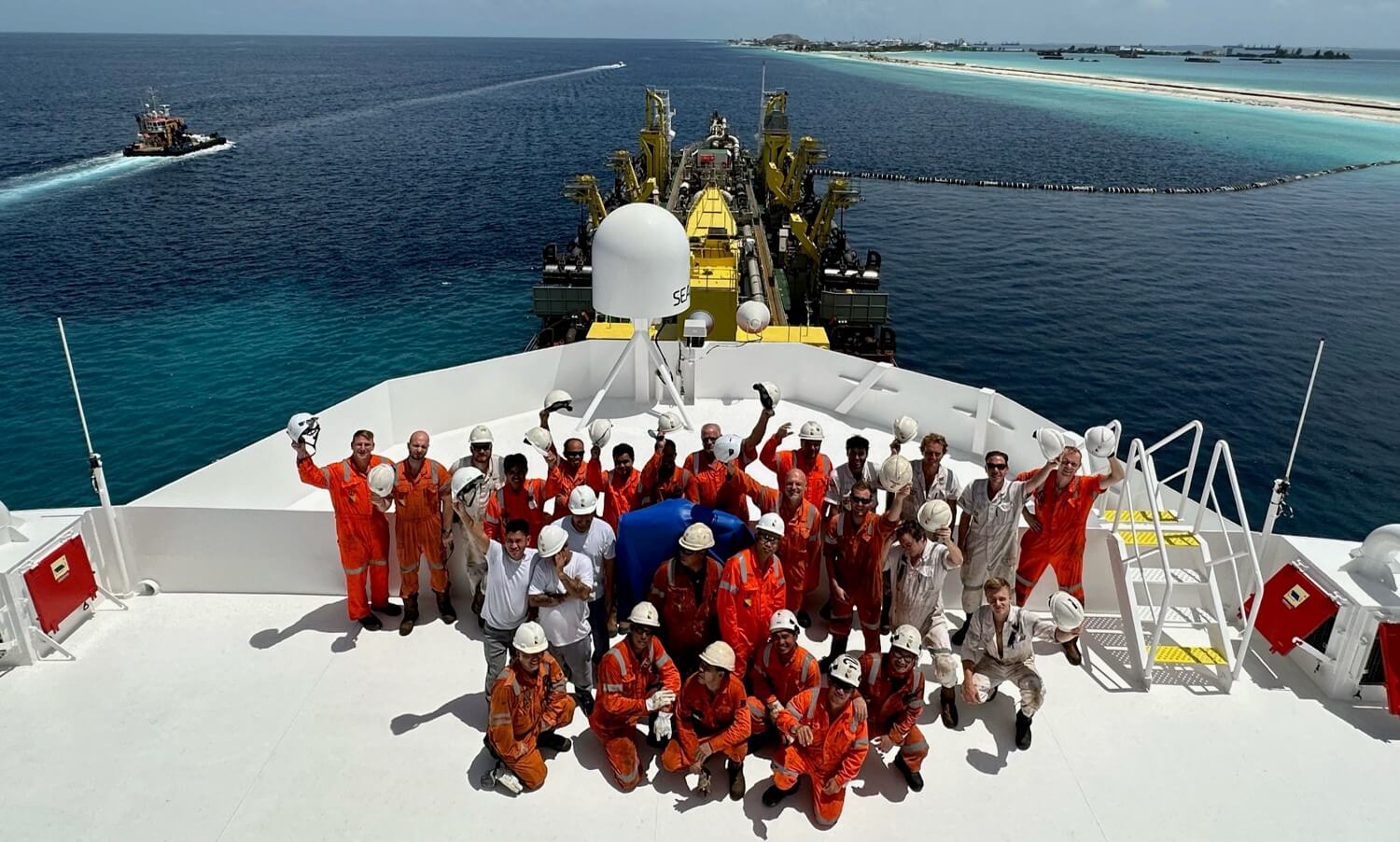
Project description
Boskalis has developed a learning-by-doing programme to develop safety leadership on board its trailing suction hopper dredger, Oranje. Named the NINA “Expedition”, the programme aims to raise the level of safety by each month giving the role of “safety observer” to a different crew member.
The role of the safety observer is to directly report unsafe situations/tools/equipment to the Dredge Master and/or the 2nd Mate. The idea is that they discuss the situation directly to find a solution. Other crew members can also inform the safety observer about unsafe situation and incidents. The Dredge Master and/or 2nd Mate will report any action in the monthly work order under Nina Expedition. In addition, every week the safety observer will choose a safety toolbox from the NINA (No Injuries, No Accidents) safety toolbox and acting as the trainer, discuss the topic with the other crew members.
By making the safety observer a well-known and recognised role on board, it will help in the engagement of all crew members, regardless of rank, nationality or gender, to join the safety conversation and to be heard. The programme has been running for over a year on board the Oranje and is proving very successful. It has created a sense of leadership among the entire crew as well as recognition and appreciation for the role by all.
5th nomination: DEME - Soils samples taken from a hopper using mobile davit
DEME reduces safety risks with use of a mobile davit to take soil samples from a hopper.
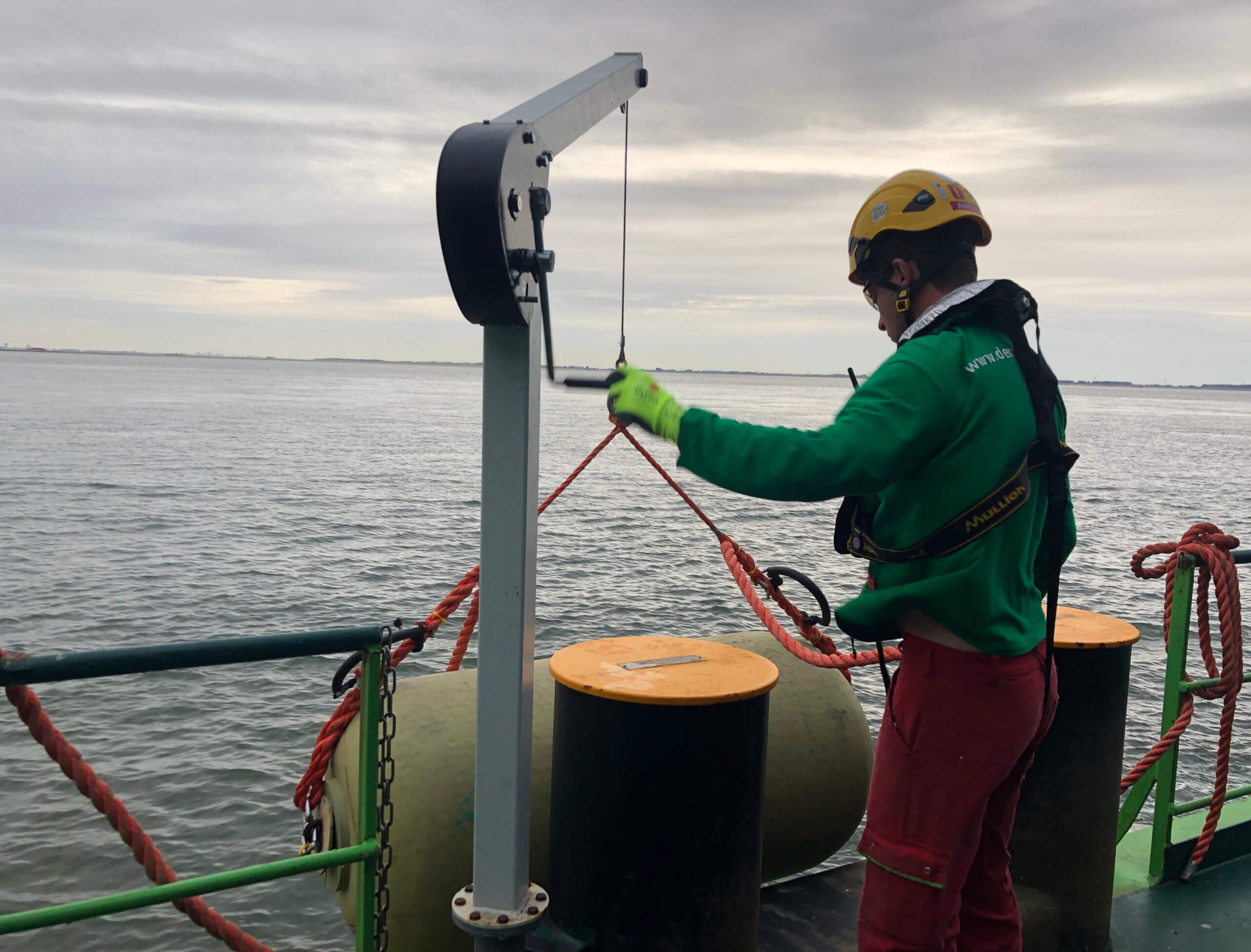
Project description
According to legal regulations, while performing dredging operations, soil samples from a hopper have to be taken on a regular basis, but this task certainly comes with a number of safety risks as it is carried out during the filling of the hopper. Personnel performing sample collection experience additional pressure on arms and shoulders and face the risk of falling into the hopper.
DEME has decided to eliminate potential risks by designing a mobile davit, which can be positioned in five different locations around the hopper. This lightweight davit of just 30 kilograms has a working load limit of 125 kg and an integrated winch. This simple appliance brings considerable benefit of performing the job efficiently, but without running risks of physical strain.
The davit is very easy to use due to being lightweight, it can even be stored in a handy travel bag. Not only is it compact, but also it is low maintenance and relatively corrosion free since it can be stored inside the vessel when not in use. The davit can be ATEX certified for zone 2 and 22.
The only installation necessary is the placement of small pedestals, which are welded onto the deck in the locations where the davit is to be used. It is definitely an easy solution that reduces potential threat of dangerous situations, near misses and possible injuries.
4th nomination: Jan De Nul - Safety bar on hydraulically operated watertight sliding doors
Jan De Nul’s safety bar design prevents personnel being crushed by hydraulically operated watertight sliding doors (WTSDs).
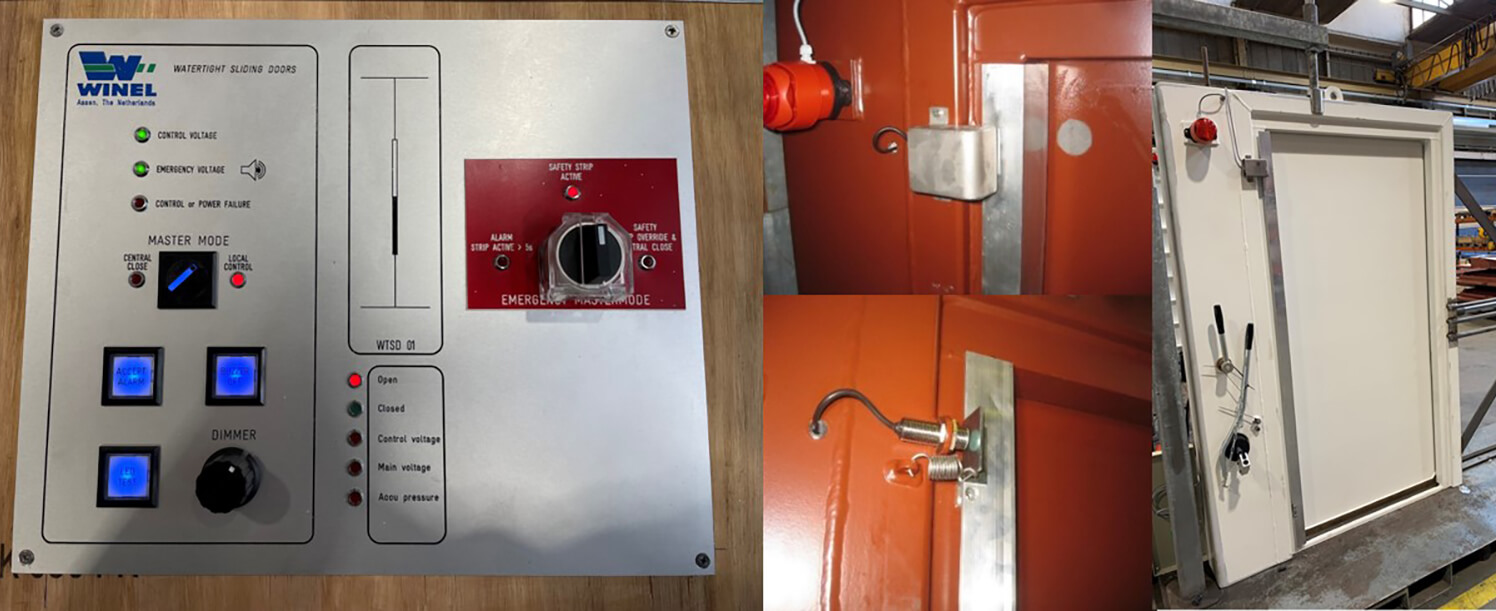
Project description
In accordance with Safety Of Life At Sea (SOLAS), vessels are equipped with hydraulically operated watertight sliding doors (WTSDs). To prevent persons being crushed between a moving watertight sliding door and the doorframe, Jan De Nul is installing a safety bar on the doorframe of its hydraulically operated WTSDs. The safety bar is activated by pressure and upon activation the door reopens. The system is also equipped with an alarm so the bridge is alerted when the safety bar has been activated.
The first vessel equipped with this safety feature is the Trailing Suction Hopper Dredger Sanderus, Jan De Nul's fourth Ultra-Low Emission vessel (ULEv). By installing the safety bar, Jan De Nul is going beyond the standards set by the International Marine Organization (IMO), in that an additional safety layer is provided to protect personnel on board. The feature can be implemented on all dredging vessels with similar doors facing similar hazards.
Due to the nature of its design, the system makes the watertight door intrinsically safe without having to rely on human factors. The basic design makes it easy to install, maintain, use and prevent misuse (for example, using the safety bar to open the door instead of using the door handle).
During vessel familiarisation, the crew will be informed about the specific function of the safety bar and the consequences when it is activated. Additional specific familiarisation for bridge officers to deal with an alarm upon activation of the safety bar is also provided. In addition, posters and signs that include the safety bar are to be posted at every doorframe. The maintenance programme of the watertight sliding door is to be amended to include the monthly testing of the safety bar.
The installation of the safety bar also implies a deviation from the standard operating modes described in SOLAS, namely "local control" and "central close". A third operating mode is introduced, "central close with safety bar activated". Approval of relevant Classification Societies and Flag State to obtain an equivalence for the safety bar is required.
3rd nomination: Boskalis - Waterbox
Boskalis improve safety of water boxes with new design.
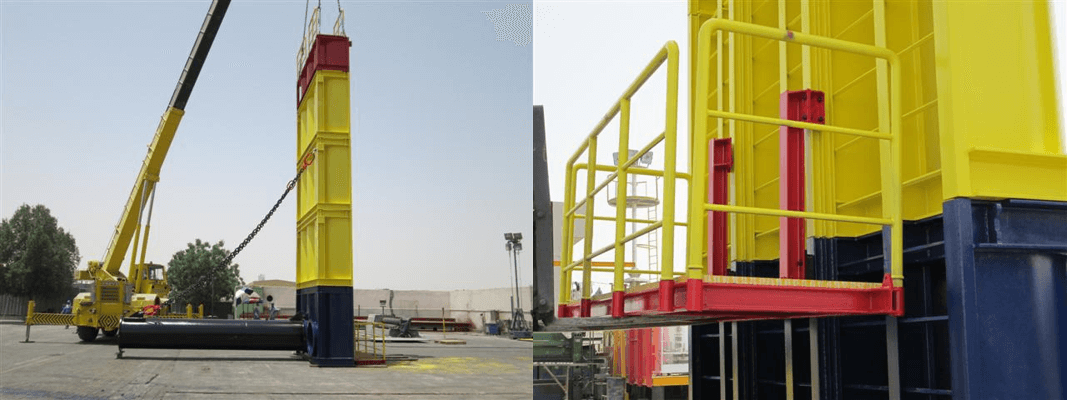
Project description
Boskalis has introduced new water boxes for sand fill areas, greatly improving the safety for its sand fill workers. The water boxes have been designed, calculated and constructed in such a way that the risk of implosion due to soil pressure is eliminated.
Using an adjustable platform on the outside of the water box, it is possible to remove or add planks to regulate the water level within the sand fill area. A feature that is highly appreciated by the workers as this way of working eliminates the risk of drowning and suffocation.
Durable construction can be used on different sand fill heights just by easily adding or disconnecting box sections to the bottom section. The design is basically a “plug and play” setup and can easily be transported to a work site where workers can receive instruction on how to handle the water box safely. Used in many projects around the world, this type of water box is currently being use on the Manila International Airport project.
2nd nomination: Van Oord - Barge mooring system
Van Oord’s barge mooring system adopts a safety approach through the use of automation and elimination of manual handling.
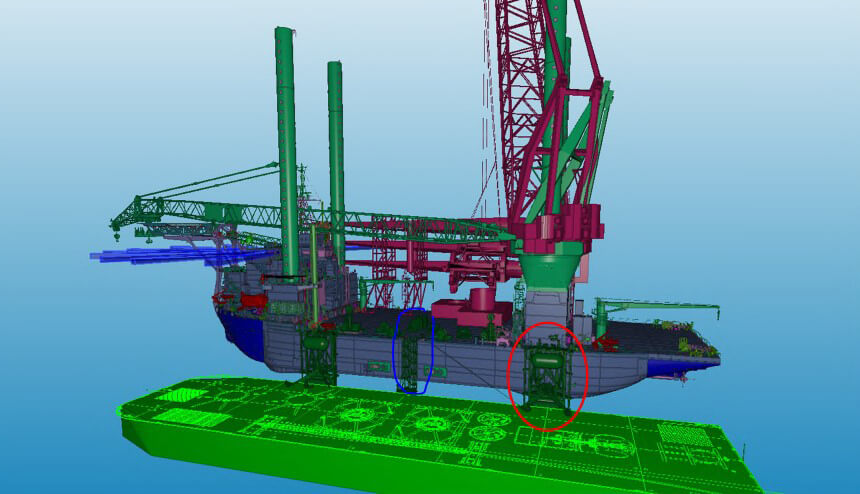
Project description
Barge mooring has several high-risk moments in general, including vessel-to-vessel transfer and connecting vessels. For the execution of a turbine installation project located off the coast of New York, Van Oord had to design a barge mooring system in order to supply the turbine components to the Wind Turbine Installation Vessel(WTIV) “Aeolus”. The approach for Van Oord was to incorporate some safety sensitive topics into the development of this design. For instance, access to the barge and the connecting and disconnecting of lines are risky activities which are to be kept to a minimum but also need to be operated safely.
Van Oord opted for a method in which the feeder barge with the components moors against a jacked up WTIV. To do so, the system requires compensation for tidal, waves and barge loading conditions in order to make sure the barge remains securely moored against the Aeolus during the complete unloading of the barge in offshore conditions.
This method of fixed mooring the vessel eliminates a number of safety concerns. During the entire operation a lot of crew have to transfer to and from the barge. Due to the decision of mooring the vessel fixed to the Aeolus, this transfer can be done utilising a fixed gangway, eliminating the issue of boat-to-boat transfer. The gangway consist of a staircase tower with a conventional gangway in order to enter the barge , the gangway step over accounts for the barge motions by a simple mechanical connection. The full entry is enclosed by railing and can therefore be considered as any normal flight of stairs. This both eliminates the need for training and improves the use of the system even for people with little offshore experience. With a stair tower and conventional gangway from the jack up to the barge, the risk of incidents is therefore reduced.
Mooring the barges is done by centralized and remotely operated winches. The mooring lines are only brought under tension when there are no personnel in the area. These winches are operated by a docking master who has full control and overview of the operation due to its elevated vantage point on board the Aeolus. In order to connect the lines, the barge remains stationary at a safe distance when the main crane of the Aeolus lifts crew and lines on board to connect to the barge. Once connected, the winches take over the control of the barge and bring her alongside after which the tugs are disconnected.
To disconnect the barge from the Aeolus, a remote system has been designed in order to reduce interaction between mooring lines and crew. This disconnection system uses hooks normally operated by tugs. These hooks have a “remote controlled quick release”, dropping the hook in order to release lines. The automated barge release system has been designed to release the barge once operations are completed without interference of people to disconnect the wires. Therefore not only increasing safety and reducing the likelihood of accidents but also reducing the operational lead time.
1st nomination: DEME - Peephole for inspection on CSD dredge pump
DEME’s peephole inspection design is making dredge pump inspections not only safer but more time efficient.
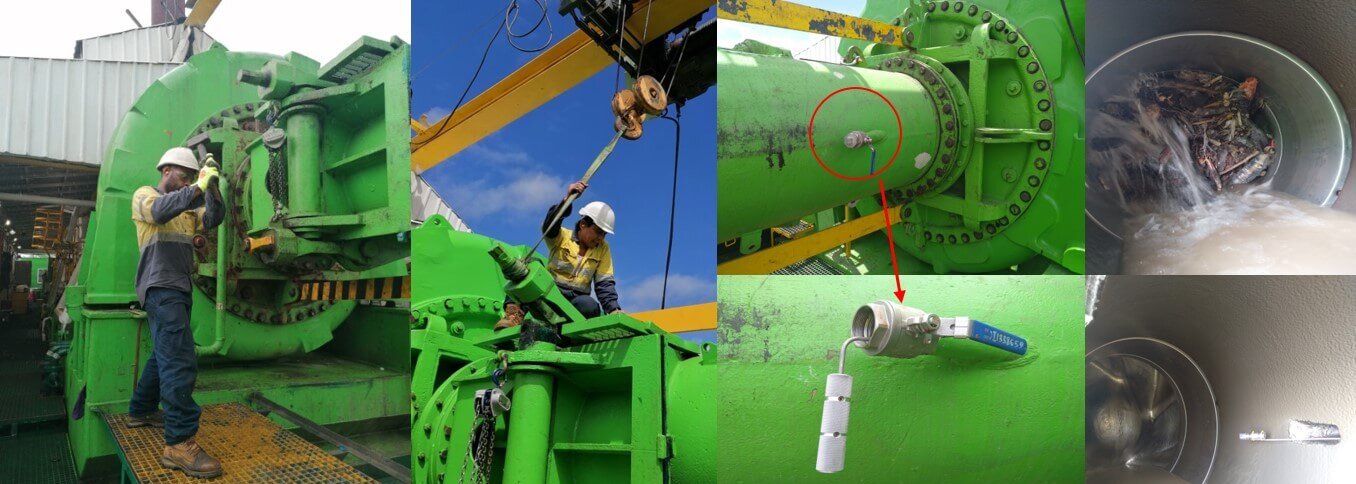
Project description
While performing dredging works on the parts of the Ok Tedi River in Papua New Guinea, DEME faced the following problem: the dredge pump and booster of its Cutter Suction Dredger (CSD) kept constantly getting clogged up with large amounts of timber, tree roots and other materials. As a consequence, the pump inspection hatch had to be opened and closed up to 22 times per day, as there was no other way to check if the pump was blocked. To avoid this inconvenience, DEME team have come up with a simple, but efficient solution: installation of a peephole that allows effortless inspection of the pump. With this design, the crew are able to carry out an inspection of the pump with the advantage of literally being able to see "through" the pump.
The installation turned out to be pretty straightforward. The pipe was fitted with a 2-inch ball valve with an end plug or cam coupling with endcap. The peephole was placed on the inspection pipe during a maintenance day. A spare inspection pipe was equipped with the peephole too. It is important to mention that an inspection tool (a small mirror or camera) is needed for proper use of the installation. A freshwater hose must also be accessible when opening the ball valve in case some sand is present and needs to be flushed away.
The installation of the peephole has greatly improved safety working conditions for DEME’s crew. Opening the inspection hatch requires significant physical effort and heavy hammering above shoulder height, which can lead to various injuries. Those potential risks have now been reduced due to less hammering on the wingnut when opening and closing the inspection hatch and less risk of pinch points occurrence while closing it. This solution has also helped minimise general physical exhaustion caused by the job and produced the knock-on effect of improved morale.
After a couple of times performing the inspection this way, the crew grew confident in the efficiency of the new approach. As a result, the peephole is now used as a standard method to inspect the pump for blockages.


